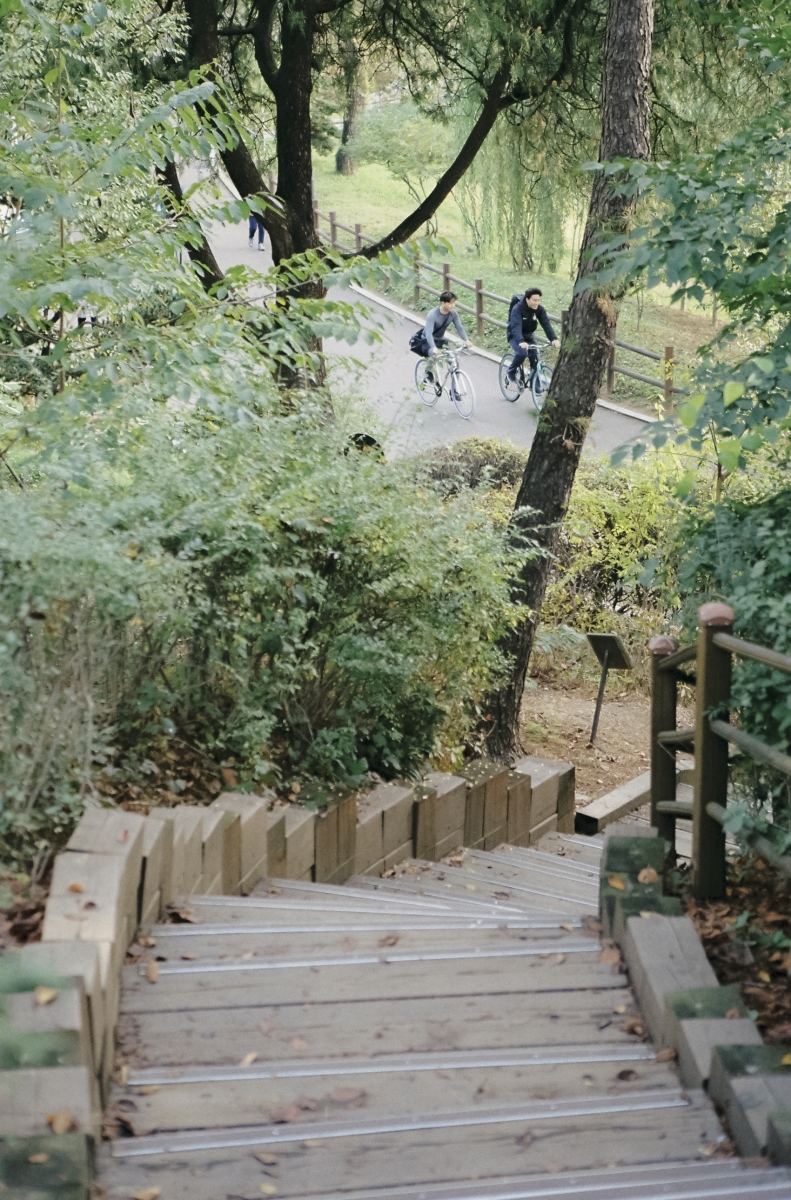Without realising it, the designation of a large or small park has been overwritten by the Sunset Law for Urban Parks introduced last July. The places that were so familiar to us – to the extent we did not feel the need to keep a record of them – are now disappearing without trace. Expressing regret at this situation, the graphic designer Lee Jaeyoung has published a photobook Parks in Seoul, which features images and prose passages, in collaboration with the photographer Park Hyunsung and musician Kim Mokin. SPACE shared reflections with this group who in a single book have so sensitively captured the parks, their seasons, and the impact such spaces have on people and their lives.
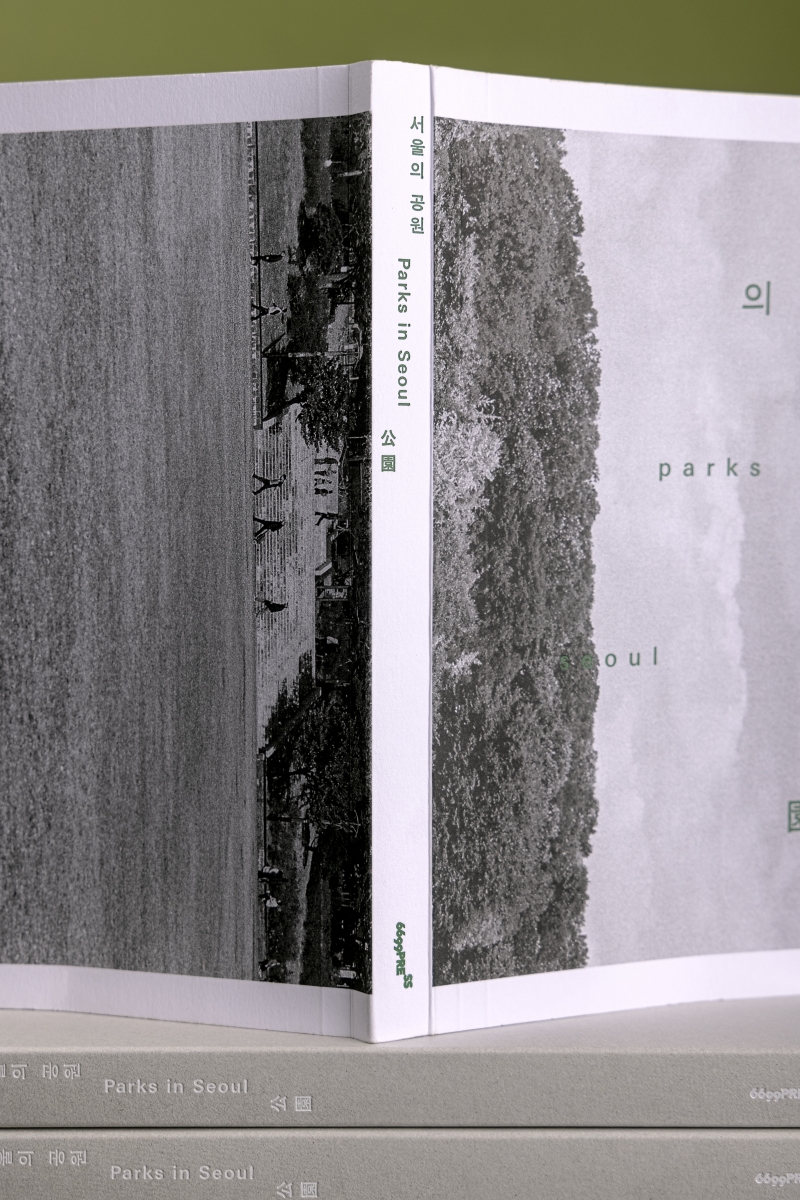
interview Kim Mokin, Park Hyunsung, Lee Jaeyoung ¡¿ Kim Yeram
Kim Yeram: I heard that you began planning Parks in Seoul after hearing the news that the Sunset Law for Urban Park (covered in SPACE No. 632) was to be brought into force. I would like to know the background to this; how did you come to decide to document parks and compile these reflections into a book?
Lee Jaeyoung: At the beginning of 2019, a link to a post by the Korean Federation of Environmental Movements caught my eye. The post was about ¡®searching for the parks in our neighbourhood that will be lost in 2020¡¯, and that was when I first realised that many parks in Seoul came under this jurisdiction and were in danger of being closed. I read several more related articles, and I thought this was a story we would only truly know in our bones. At that time, there was only one year left until the Sunset Law for Urban Parks came into force, so it seemed the time to do something about it.
Park Hyunsung: Previously, I had been working on focusing on personal narratives. One of them is taking pictures of my mother and brother who had to let her husband or his father away in a sudden accident. Focusing on their mind, I felt that the shining moment is always passing by like a flash. Since this work, I practiced giving attention to things that were going to be forgotten. At that moment, Lee Jaeyoung asked me to join the projects named Parks in Seoul.
Kim Yeram: As with the Bathhouses in Seoul (2018), which captures the atmosphere of old bathhouses, you collaborated with the photographer Park Hyunsung. How was the collaboration conducted this time?
Park Hyunsung: Since we had already collaborated on a project that documented places, it was relatively easy to work together this time. We surveyed all 116 parks that were to be influenced by the implementation of this law and classified the areas that seemed relevant to be documented in the photographs. Since there is a limit to understanding the parks based on the information posted on the blog and the street views provided by the search portals, we went around on our own two feet to create what you find on every page.
Kim Yeram: As well as nature, there are quite a lot of pictures recording the people who visited these places. Why did you focus on them?
Park Hyunsung: In the previous project, it was difficult to express the subject entirely due to the nature of each place. So in Parks in Seoul, I wanted to capture the movement of people in detail through this medium format. Isn¡¯t a park a public place open to everyone? So I had great expectations that we would be able to discover how people enjoy parks in different ways, and that we would be able to be witness to their different facial expressions and gestures. I was able to take photos of couples walking together, friends playing ball, and families enjoying quality time. I asked them to move naturally and try not to be camera conscious, but as they weren¡¯t professional models they were quite nervous of the professional camera equipment. So I spent a lot of energy making people laugh and encouraging them. Although we went through the filtering process of selecting photos to include in the book several times, the size of the project was much larger than we originally planned. And I think that we succeeded in communicating with people in the parks themselves.
Lee Jaeyoung: When we were working on Bathhouses in Seoul, it was quite challenging to get the required permissions from people for shooting. We had to hand in our business cards to ask for permission. When we were documenting the parks, however, there were relatively few instances of such measures, so I felt light-hearted. Many people were much fonder of shooting than I had expected.
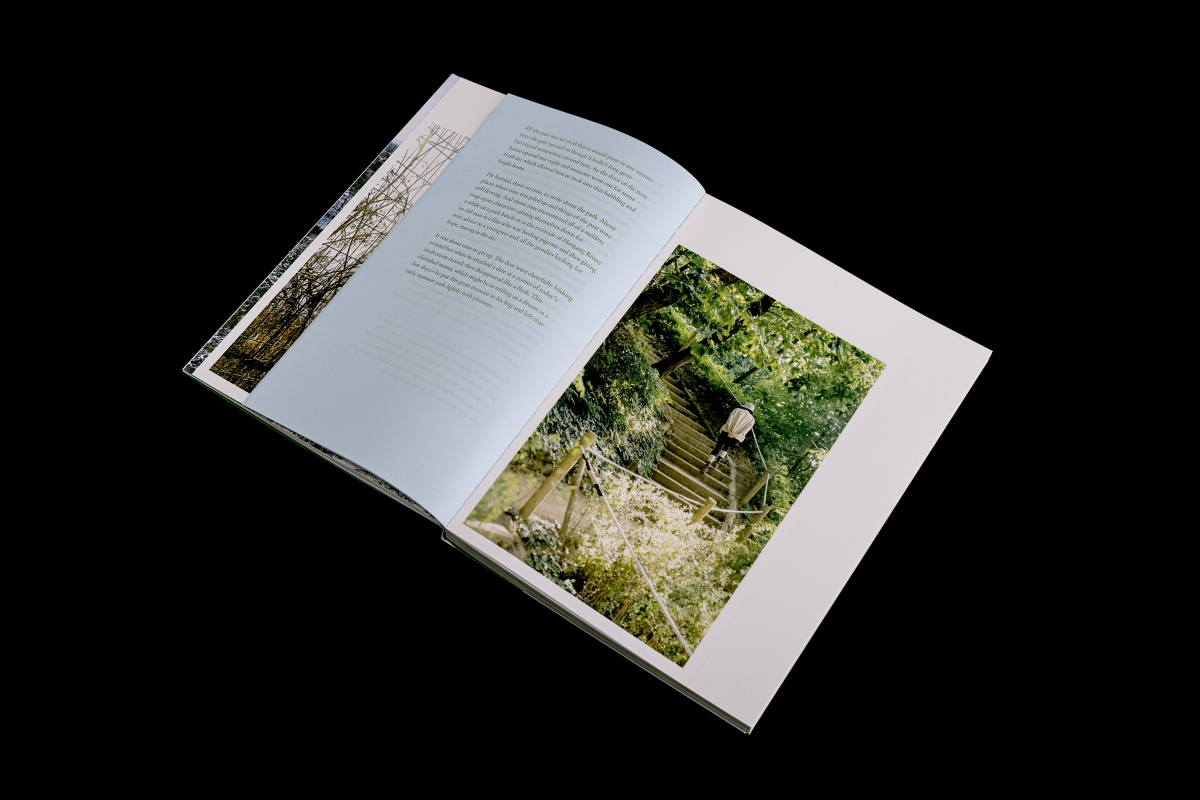
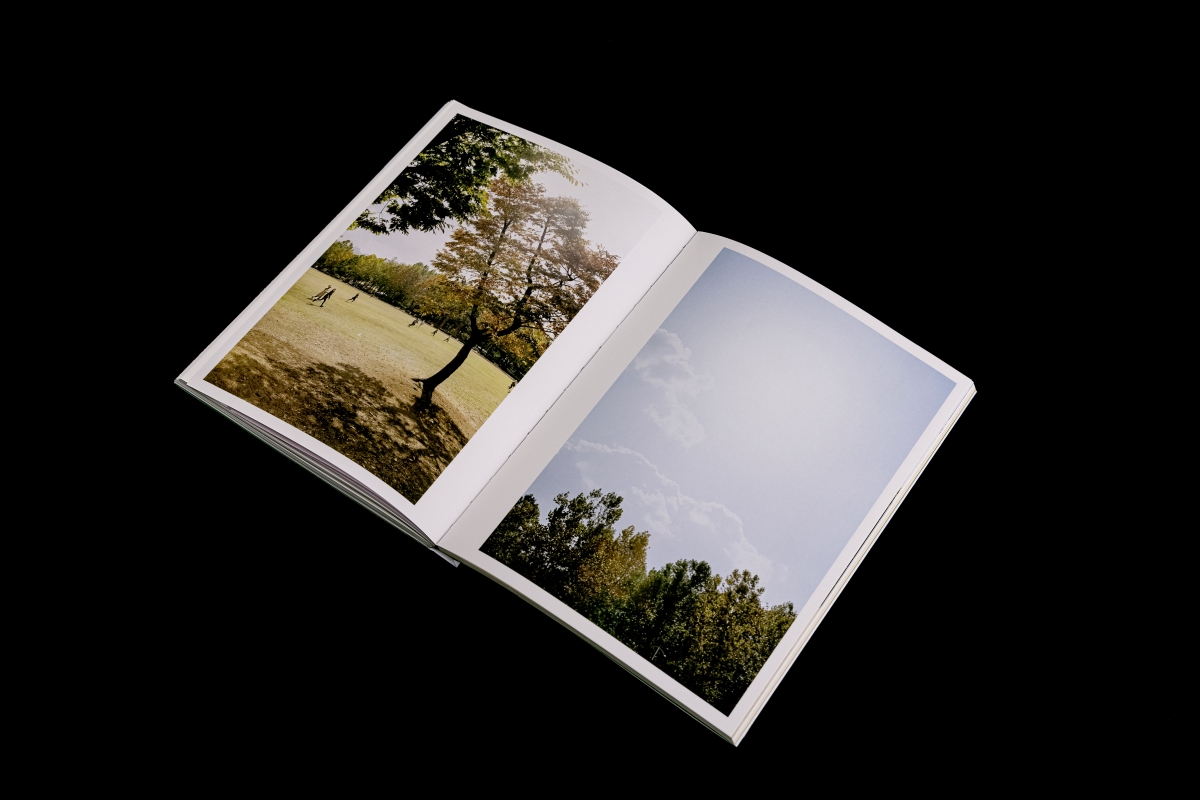
Kim Yeram: Instead of sequentially listing photos of the parks in different seasons, you divided them into winter and summer, spring and autumn. Is there any reason for choosing this arrangement?
Lee Jaeyoung: I wondered if the method of arranging photographs from spring to winter was appropriate for this project. So I decided to bring together the seasons that are in greatest contrast to one another, and the seasons that seem most similar with subtle differences. After planning this arrangement in my head, I set the prose sent by musician Kim Mokin, ¡®Early Summer, Nokyawon¡¯ and ¡®Late Autumn, Forest Lyric-Writing Club¡¯, alongside winter and summer, and spring and autumn.
Kim Yeram: How the atmosphere of the writing was decided?
Kim Mokin: When I first received the request for the manuscript, I thought it was a work the size of a mook! But once I received the photographs, I was worried whether I could write a text to this high standard. In fact, there was no direction about what to write
exactly. (laugh) At first, I thought about writing about my doubts about the phenomenon of the designations of parks to be canceled, but then it seemed better to talk about the vague impressions that people have about parks and to refine them into detailed experiences.
Kim Yeram: What was the most impressive view that you had seen in parks?
Kim Mokin: In the first draft, I used a lot of scenes that I found and experienced in the parks, and in the second, the scenery I experienced while exploring with designer Lee Jaeyoung and writer Park Hyunsung was reconstructed with further imaginative flourishes added. When I visited the parks to write for the book, I saw people taking short breaks from the tough rhythm of daily life. I gently looked around as they did, and I was able to capture a familiar but often strange scenery without much difficulty. Watching these scenes made me feel as if I were at a remove from real life. The episode with the student of a cultural centre from the second chapter ¡®Late Autumn, Forest Lyric-Writing Club¡¯ was sketched from such a scene.
Lee Jaeyoung: If you look closely at the text, you can discover a part of the song that he wrote. It is a track entitled ¡®SNS¡¯ from the third album, and as an editor and fan, I really wanted to reflect the lyrics from this song in the book. So I secretly hid the phrase ¡®the
quiet park in the afternoon and the times of eternity¡¯ that appears at the end of the song in the title of the note discovered by the narrator. Even now, with the book published, I still feel a great sense of accomplishment that I succeeded in making use of the lyrics. (laugh)
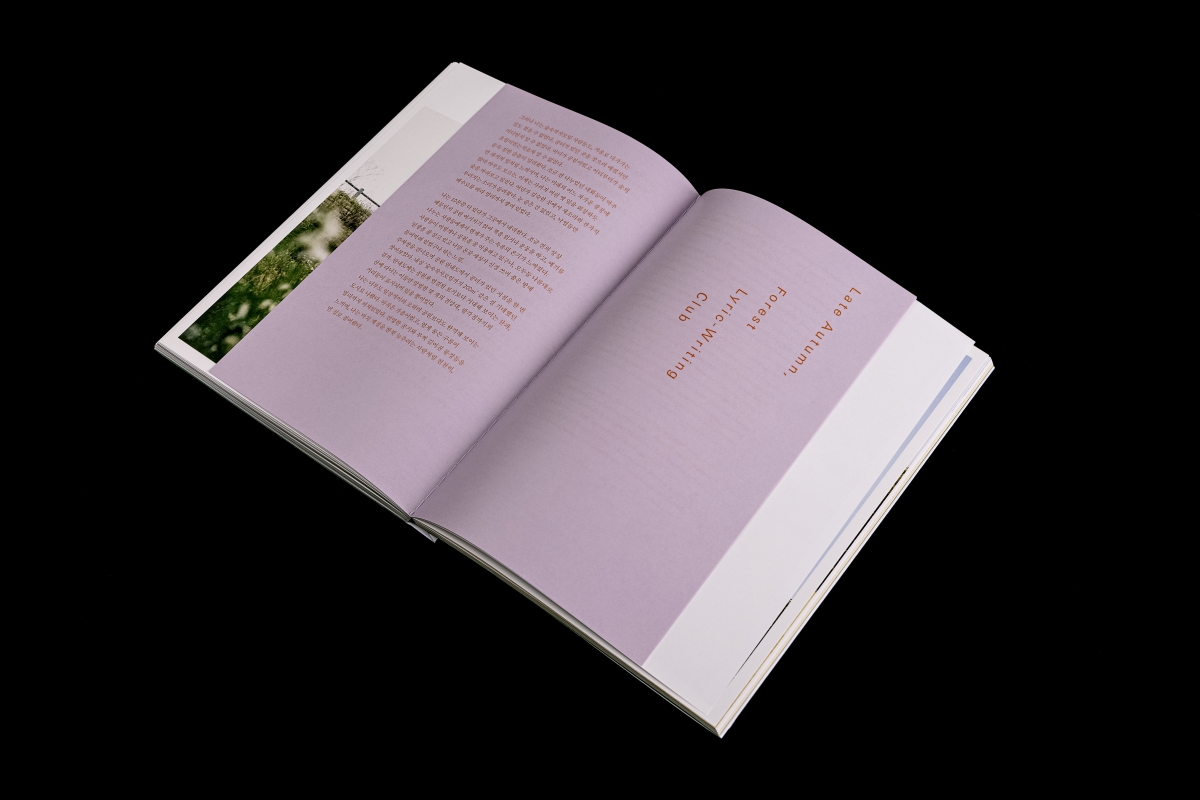
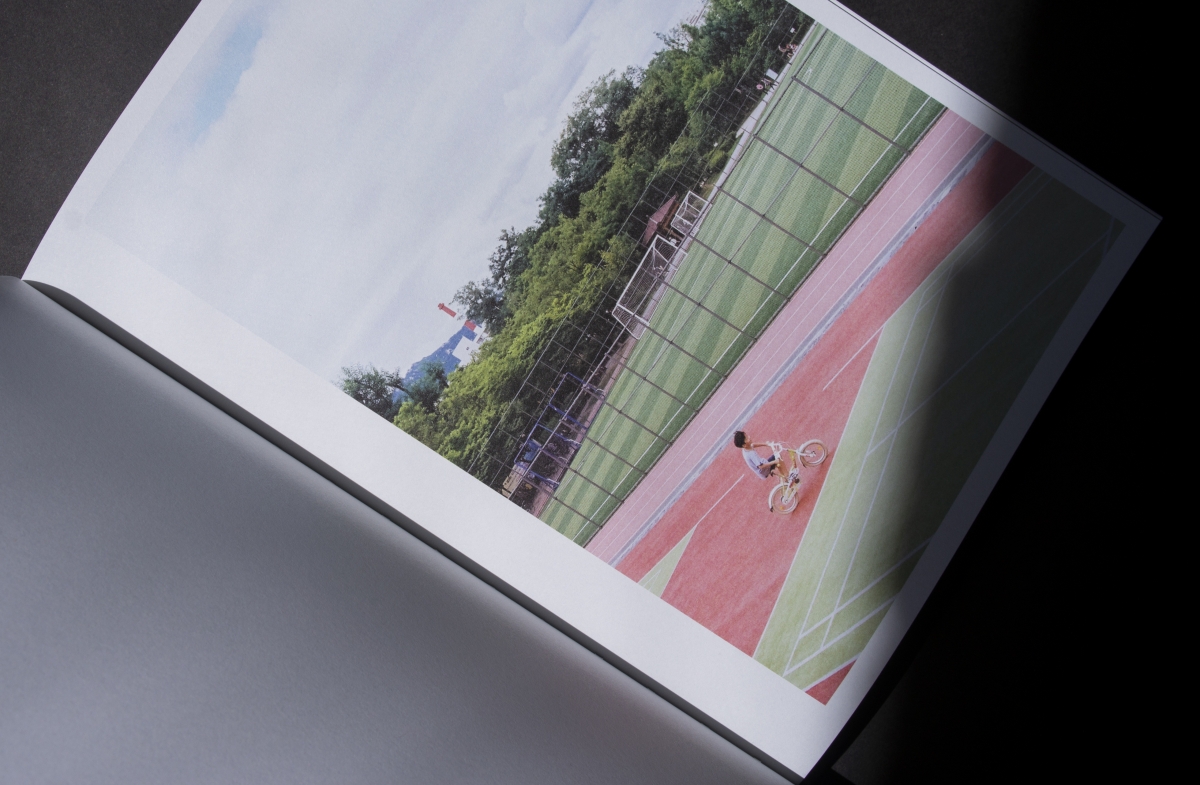
Kim Yeram: Unlike the lyrics that you typically write, your prose here does not attend to a musical score. Does this difference in the form of writing give you any greater freedom or restriction?
Kim Mokin: In lyrics, the sound from the musical instrument serves as a background, and this acts as the baseline for the imagination. That¡¯s why if one opts to use a short word or sentence, it can guide the listener to think of a great many things. However, in
lyrics, it is impossible to include every single detail. Well, you could write something with that aim if you really wanted to, but a song has to abide by a commercial restriction of approximately 3 – 4 minutes. You can listen to it in an hour, but if you talk about lengthy
stories, people may feel that they don¡¯t want to listen again. As for the lyrics, there is always pressure to finish the rest of verse 2 if you finish writing verse 1. But when I was working on Parks in Seoul, I was able to start writing about what I saw and articulating an atmosphere, which was a great joy.
Kim Yeram: The text was also translated into English and this has been added to the book. Was this prepared in consideration of the current trend for art books in Seoul, Beijing, Tokyo, and Taipei?
Lee Jaeyoung: When we published Bathhouses in Seoul, we did not expect so many overseas readers would like it. Since it covered places that are extremely Korean in style, we never imagined that people from different cultures would be able to understand the meaning behind this book. So, we chose to add an English text to this book, hoping that maybe overseas readers would welcome the opportunity to engage with public spaces in Seoul. We hope that this book will serve as a little gift to those who can¡¯t visit Seoul due to the current pandemic situation.
Kim Yeram: Due to the outbreak of Coronavirus Disease-19, it has become difficult to host offline events such as book fairs. Under these circumstances, how do you plan to reach your readers?
Lee Jaeyoung: By virtue of great opportunity, we held an exhibition at the photo bookstore IRASUN by showing some photos and text from the book. And we are now holding a postcard exhibition in THANKS BOOKS. Through events such as these, we hope that good-hearted readers will encounter the book and share their impressions with many other people.
Kim Yeram: Do you plan to do further project that will investigate spaces in Seoul?
Lee Jaeyoung: We are not yet planning the next book. However, people around me are saying that this should form a series or at least a trilogy. (laugh) Someday, when I come up with something that I want to document, it will be time for the completion of the series.
